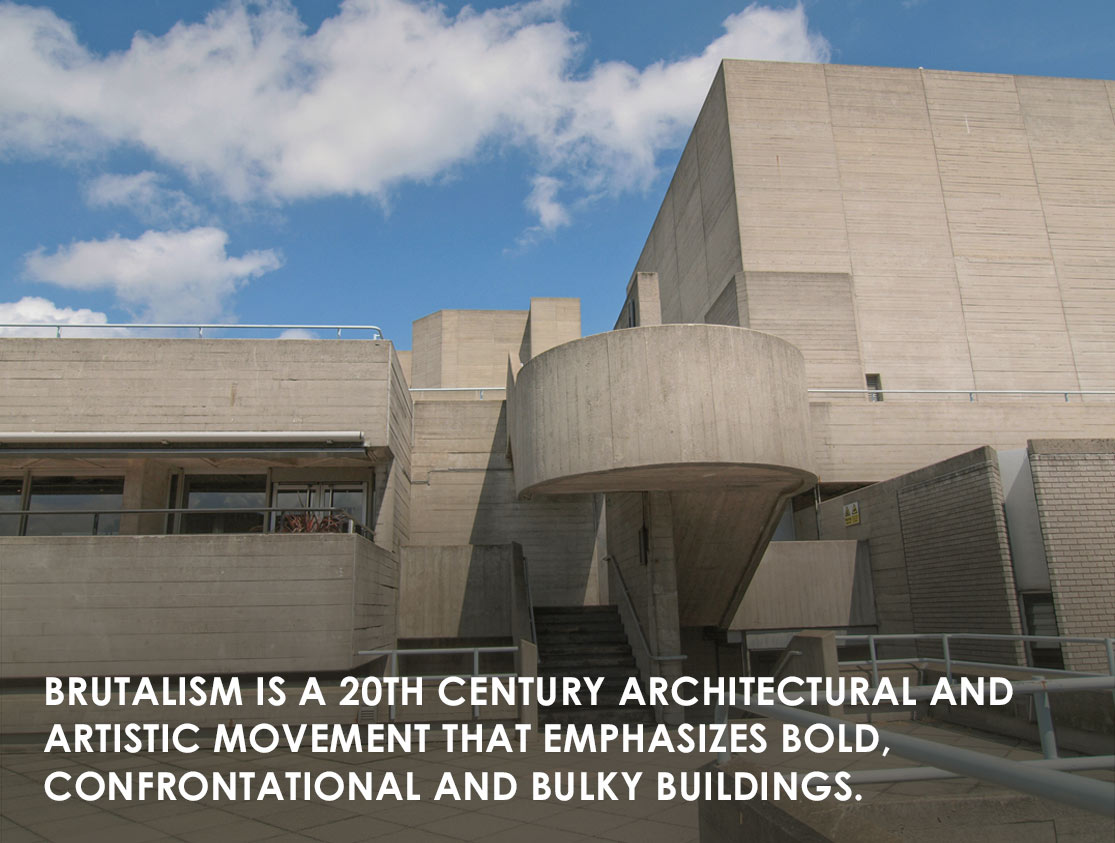When discussing the different facets of the concrete industry, it is difficult to avoid discussing architecture. Since the construction of the ancient Roman Pantheon, concrete has been an invaluable construction material. At Del Zotto Products, we are experts in the concrete industry. As a result, we want to help you understand the most important trends. This blog article serves to break down one of these trends—the brutalist movement.
History of the Brutalist Movement
Brutalism is a 20th century architectural and artistic movement that emphasizes bold, confrontational and bulky buildings. This type of architecture serves to communicate strength, functionality and power. The term brutalism evolved from the French word brut, meaning “raw.” At its heart, it refers to fortress-like buildings and structures that tend to be massive in character (if not in size) and often embrace the look of exposed concrete.
Initially popular with government and institutional buildings, the movement experienced the majority of its success from the 1950s to the 1970s. It was heralded by the younger generation as a reaction against certain qualities of pre-World War II architecture—primarily its lightness and optimism. Famous examples of brutalist architecture include the Orange County Government Center in New York, the Palace of Assembly in India and the Banco de Londres in Argentina.
In the post-war era, brutalism typically is used to refer to buildings that are large, ugly and unpopular. As a result, the term is largely out of use, though the movement itself has been experiencing a renewal. In the years to come, we can’t wait to see what exciting movement comes to take its place.
What do you think of brutalism? Let us know in the comments or by reaching out to us on social media!


